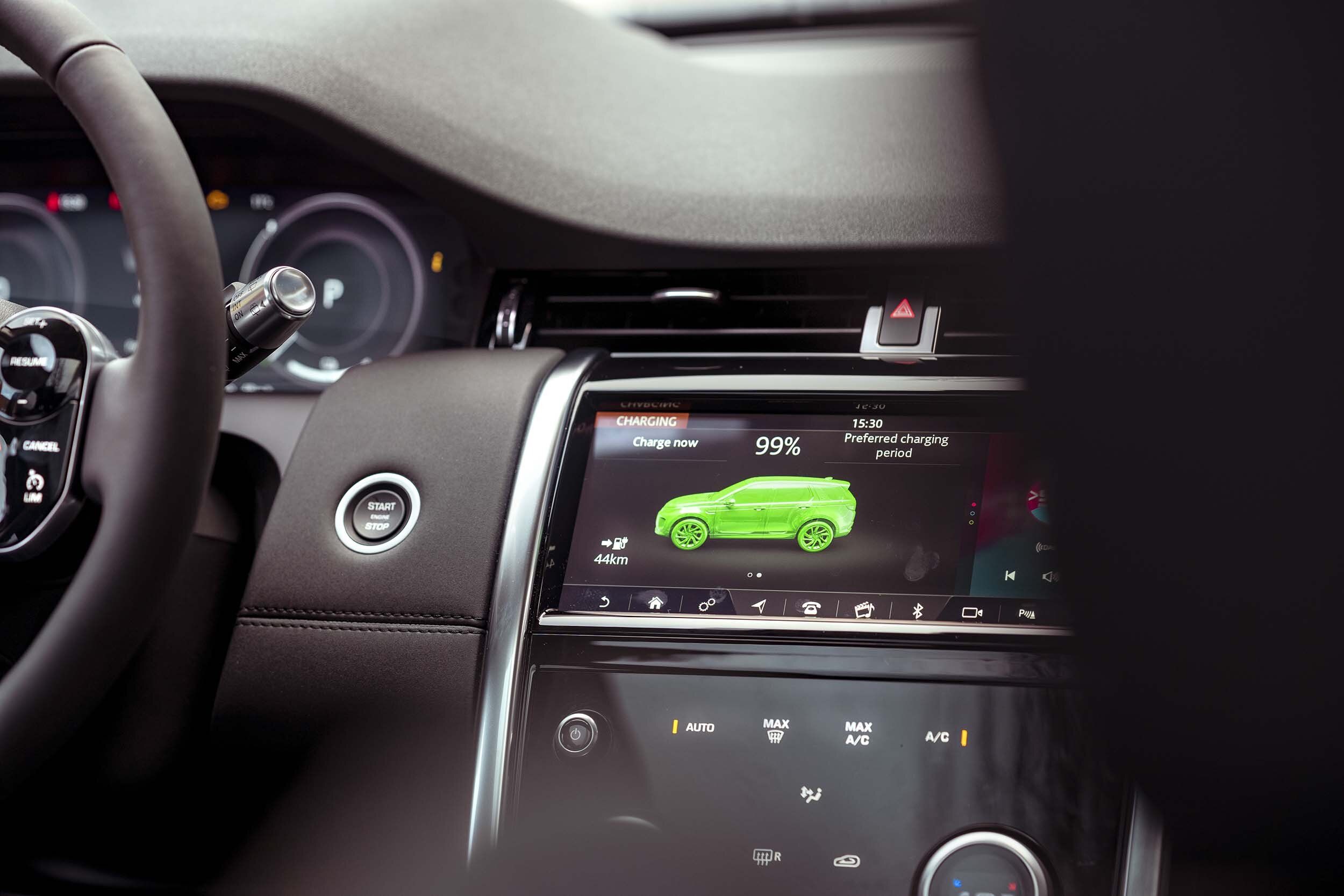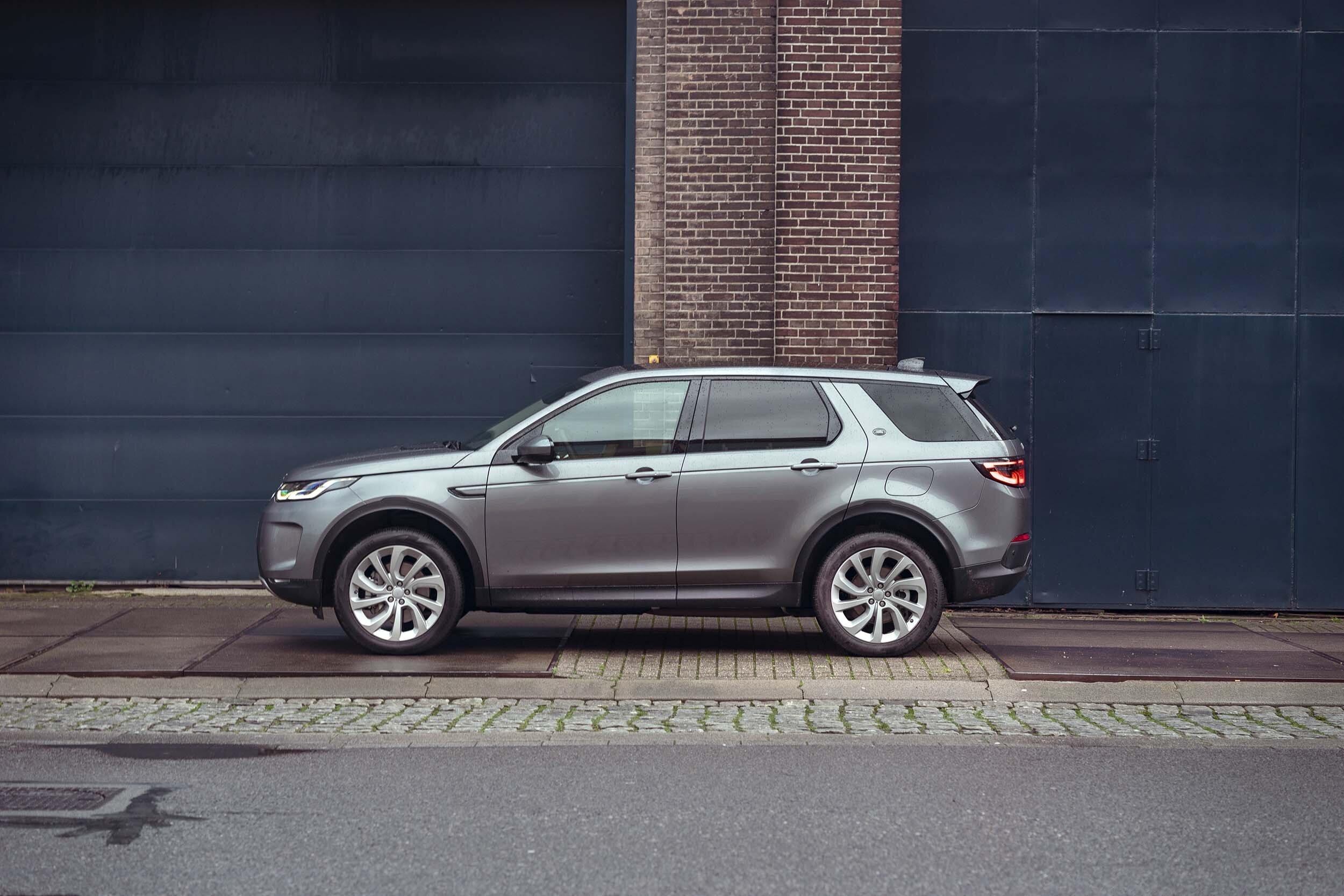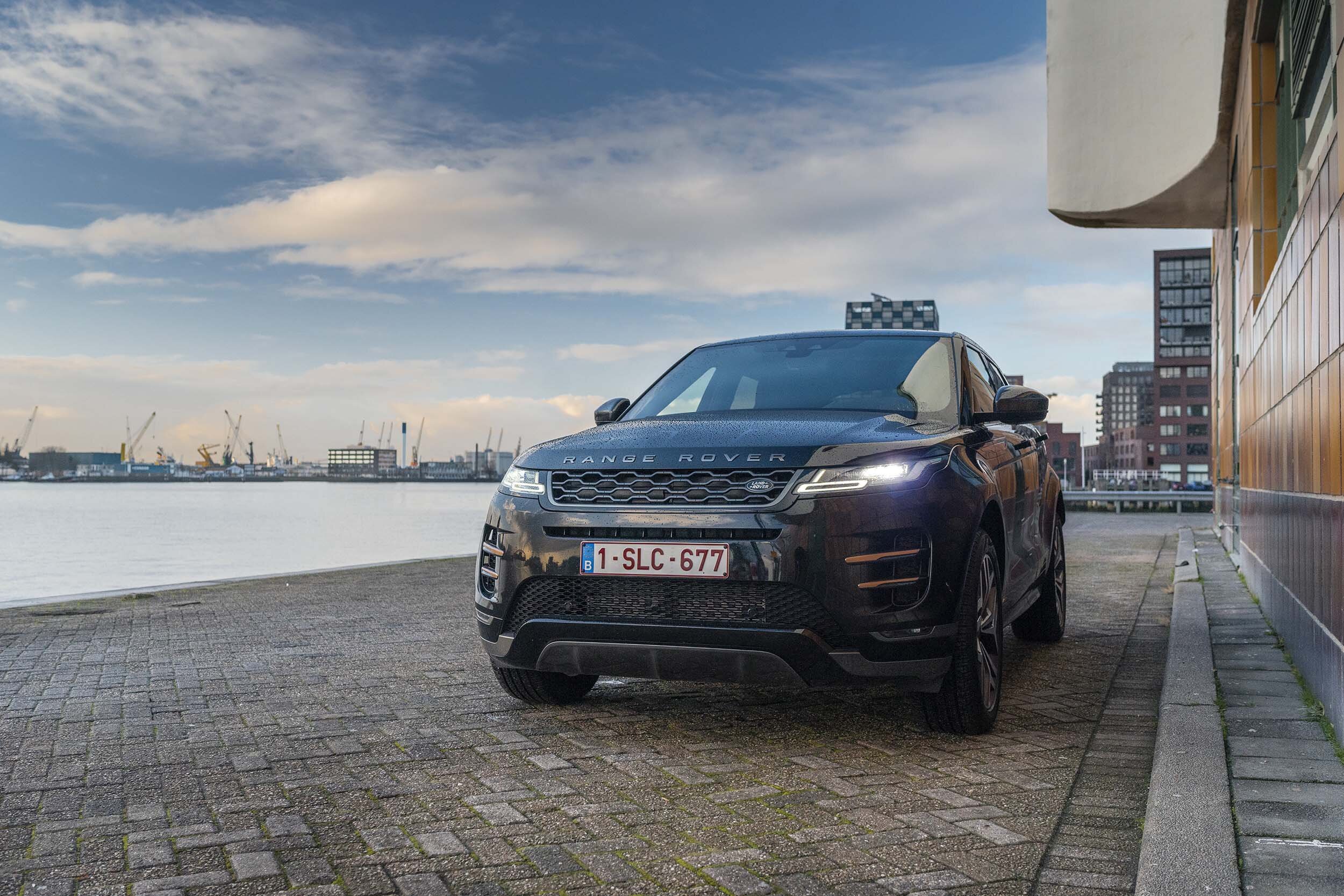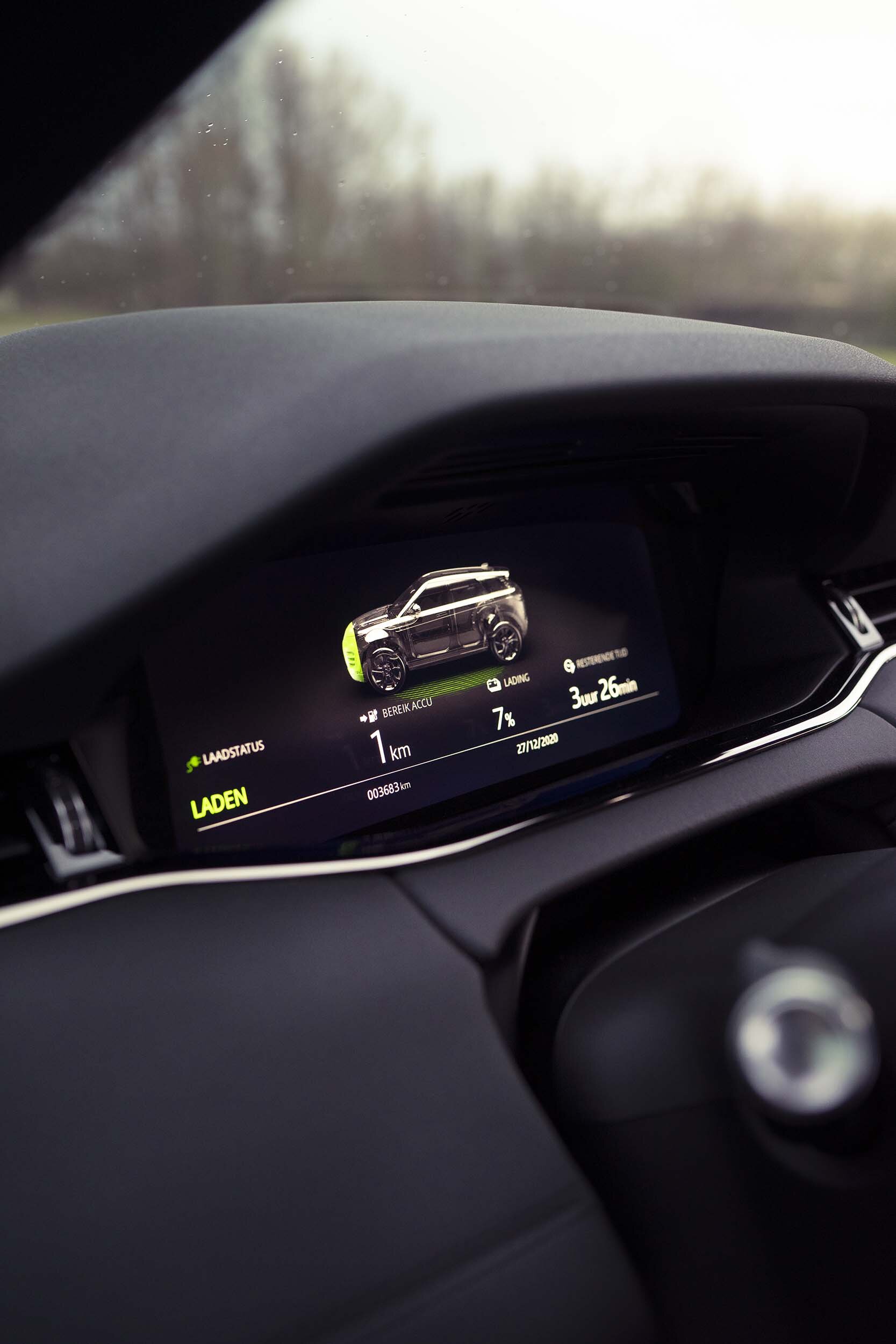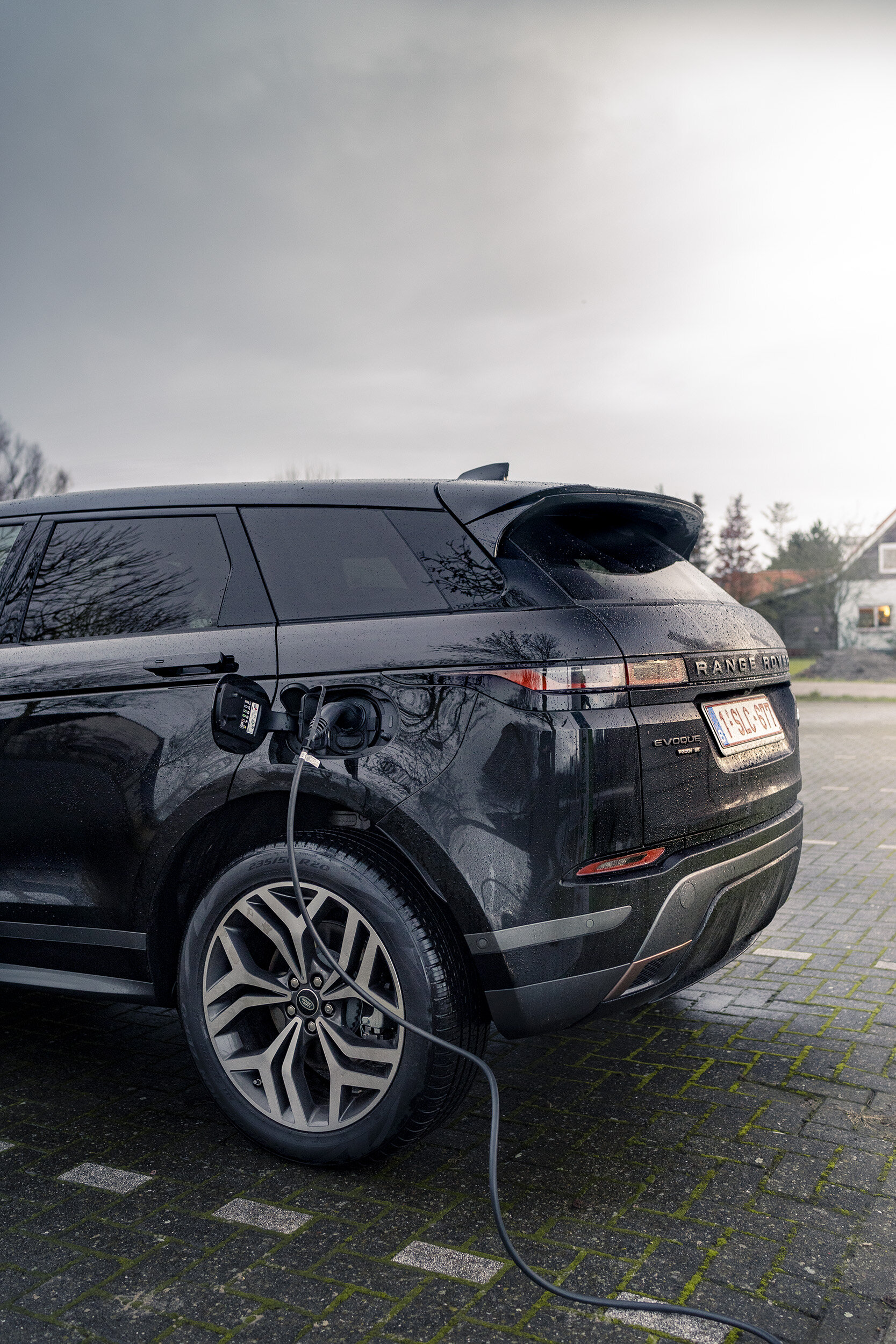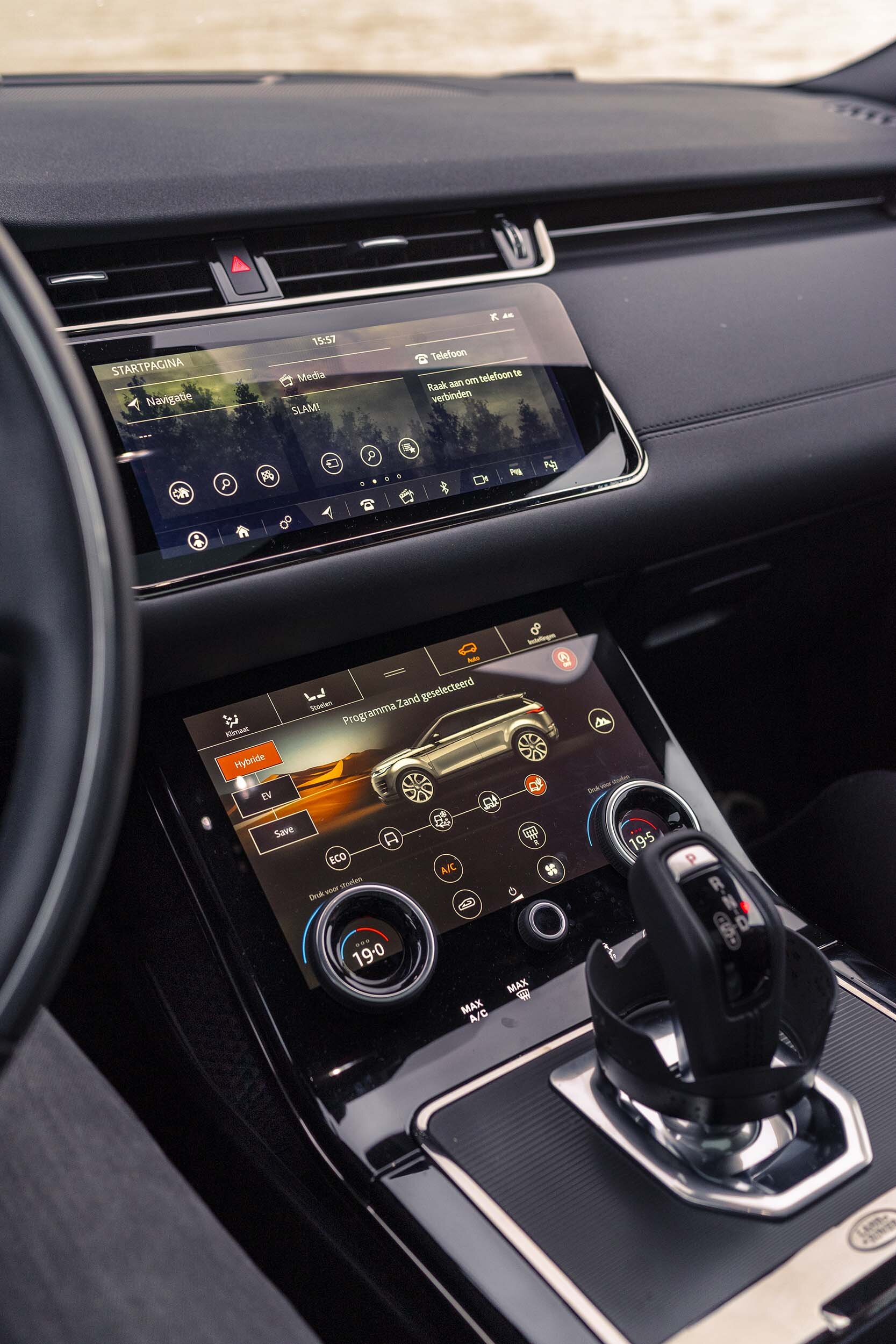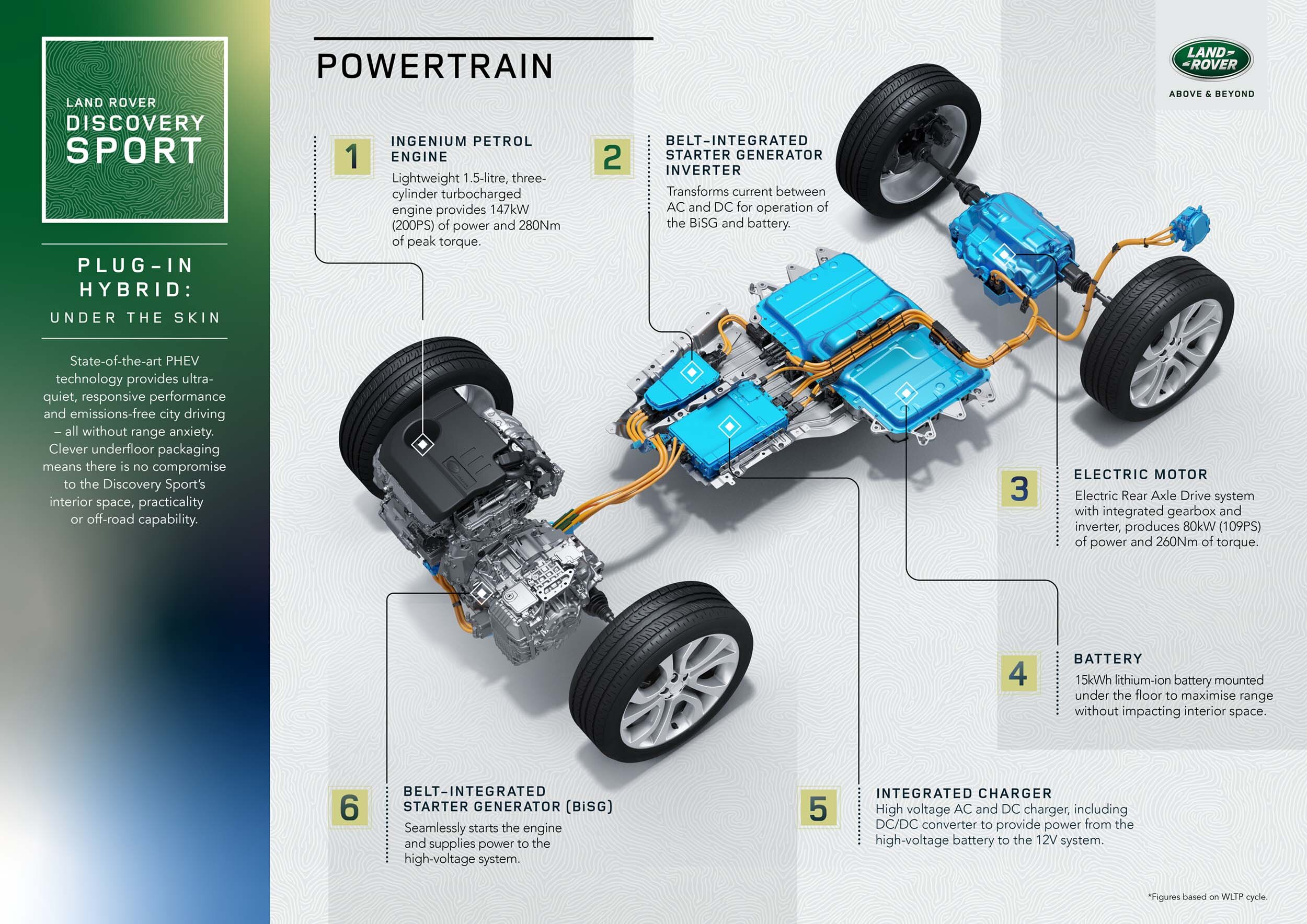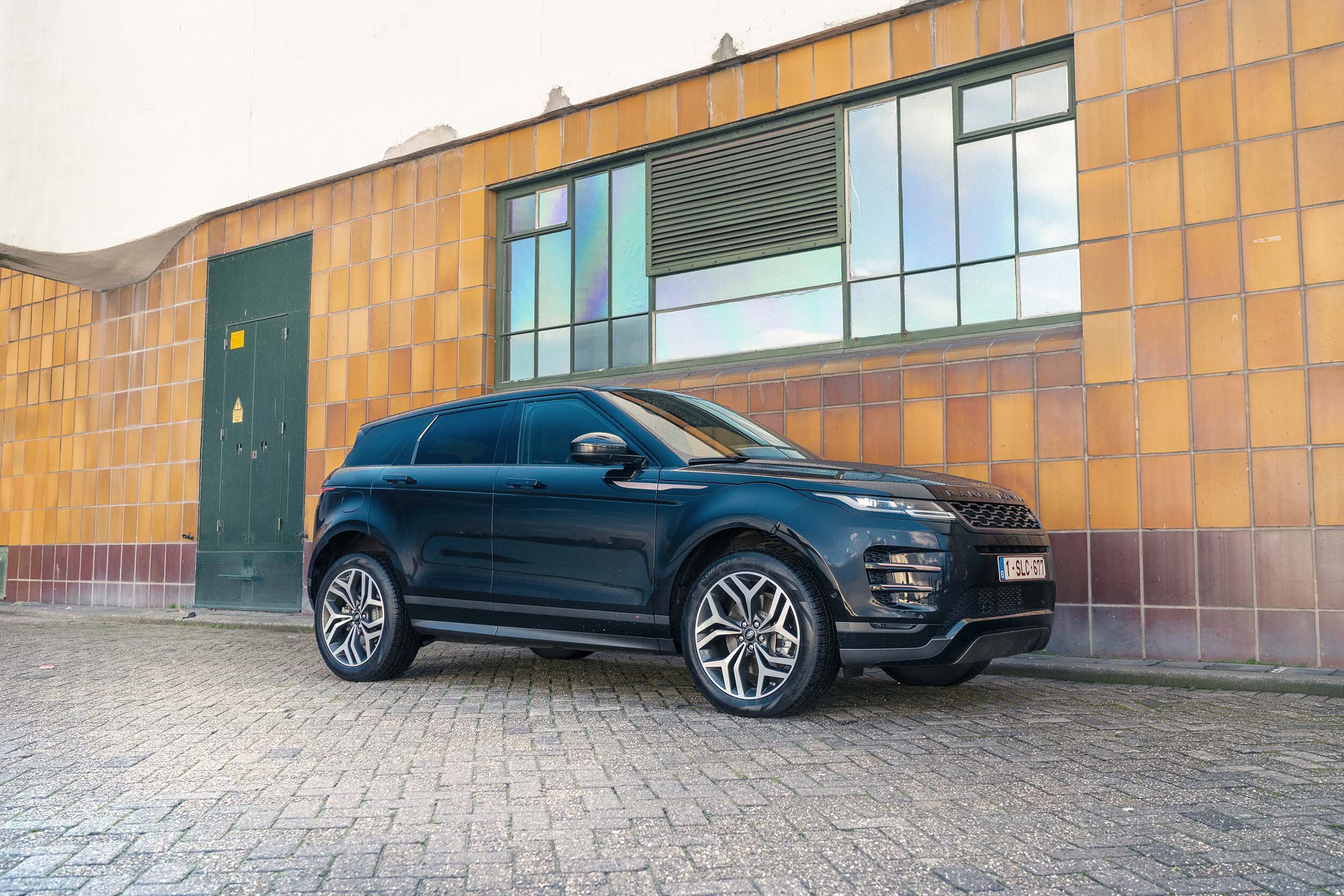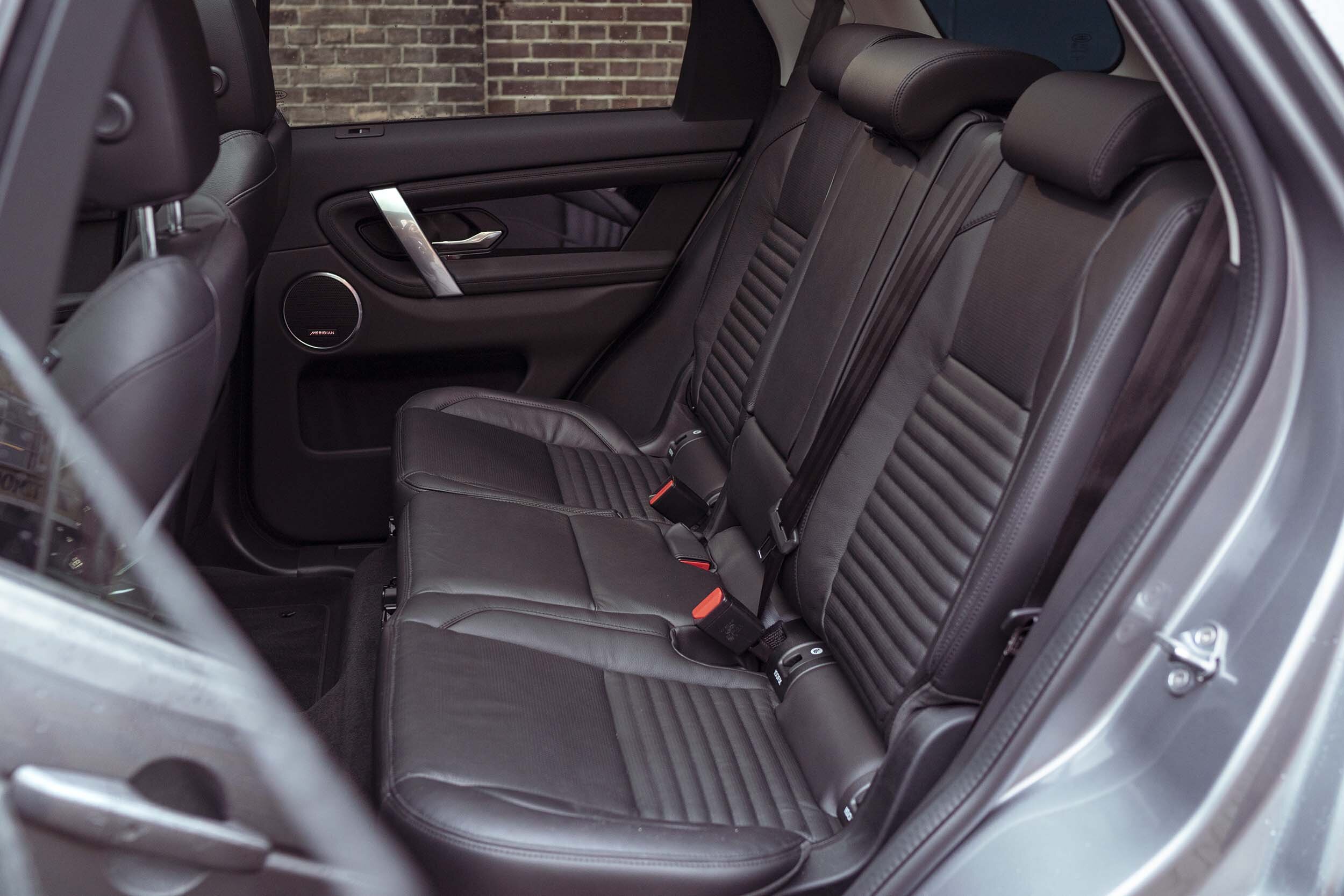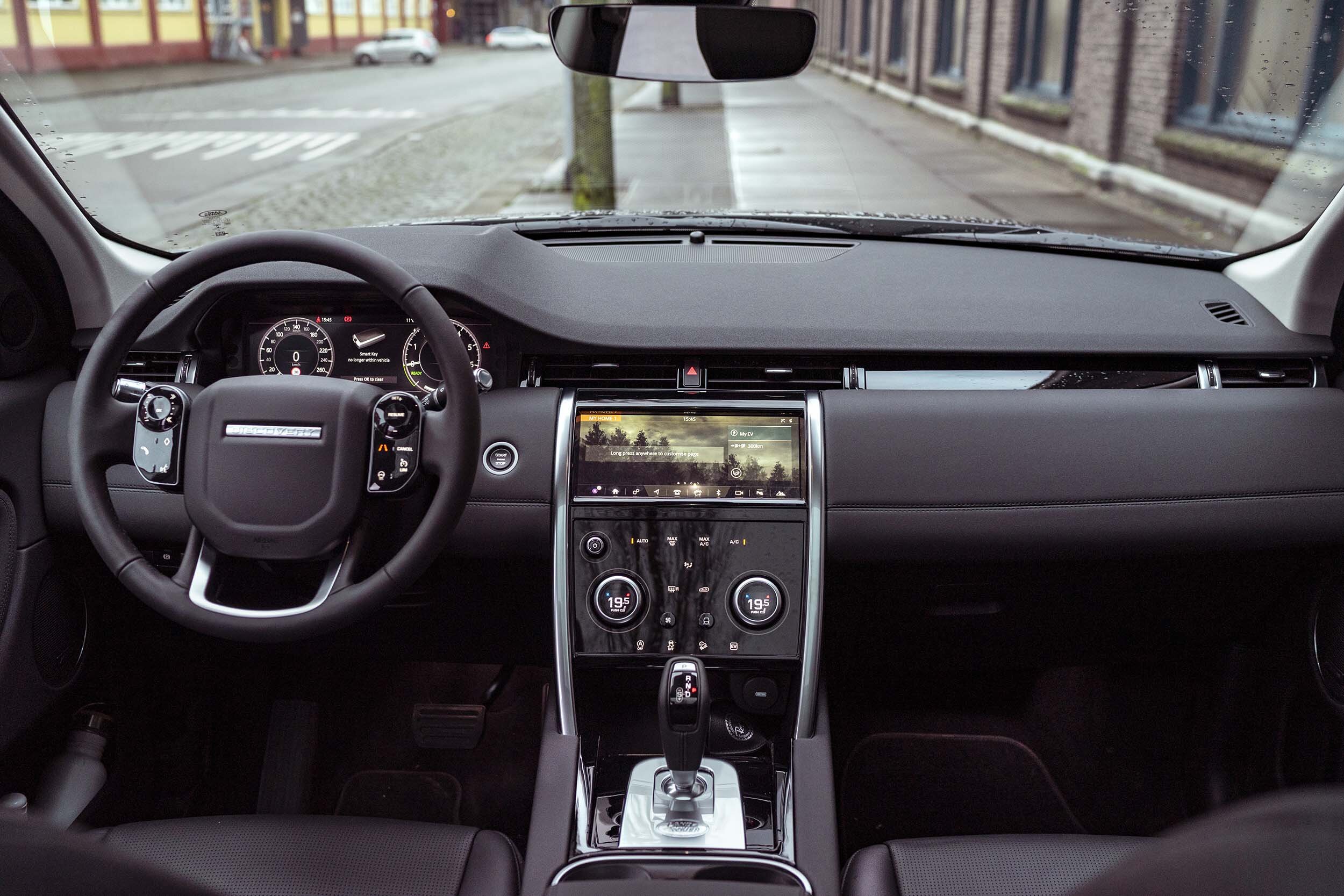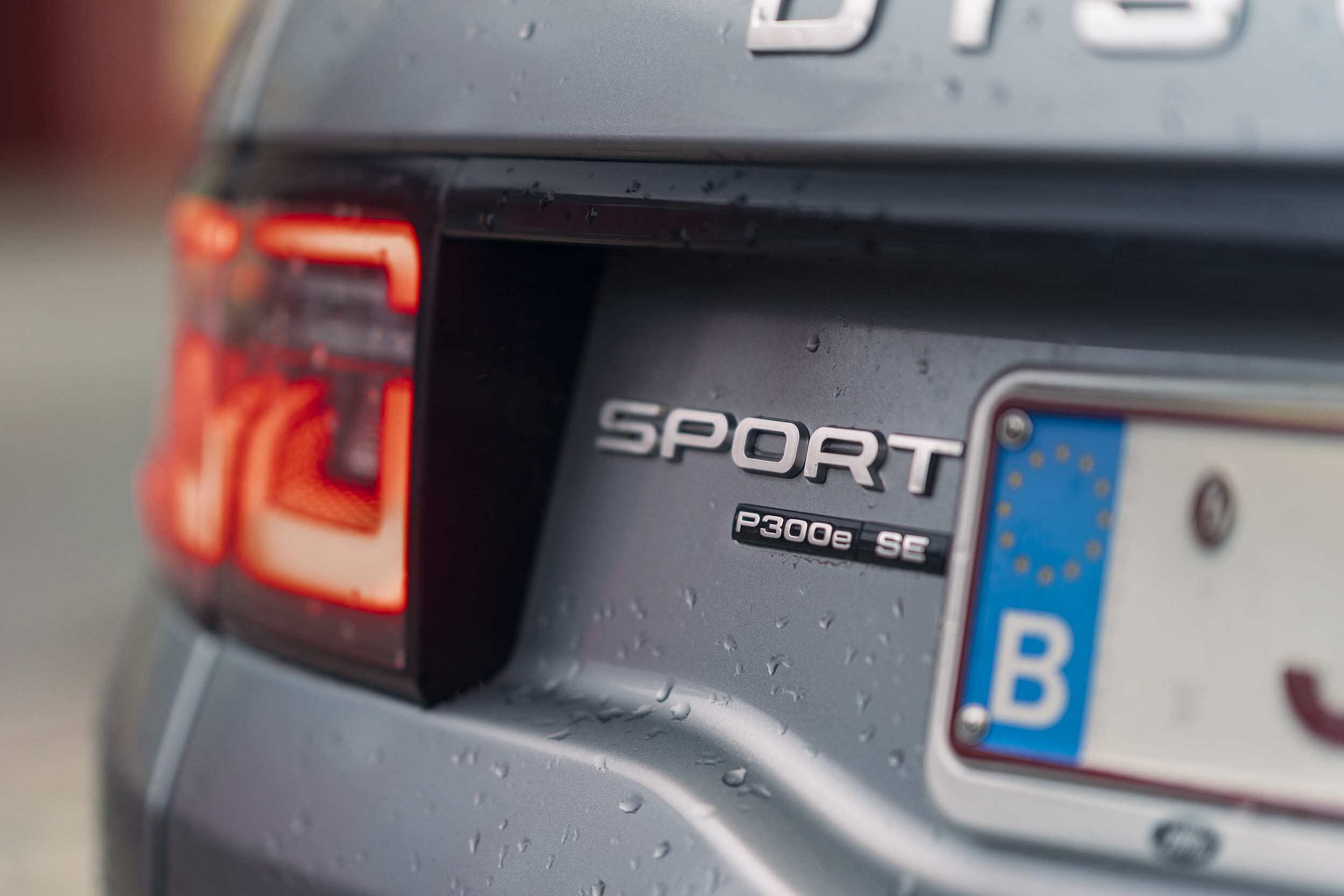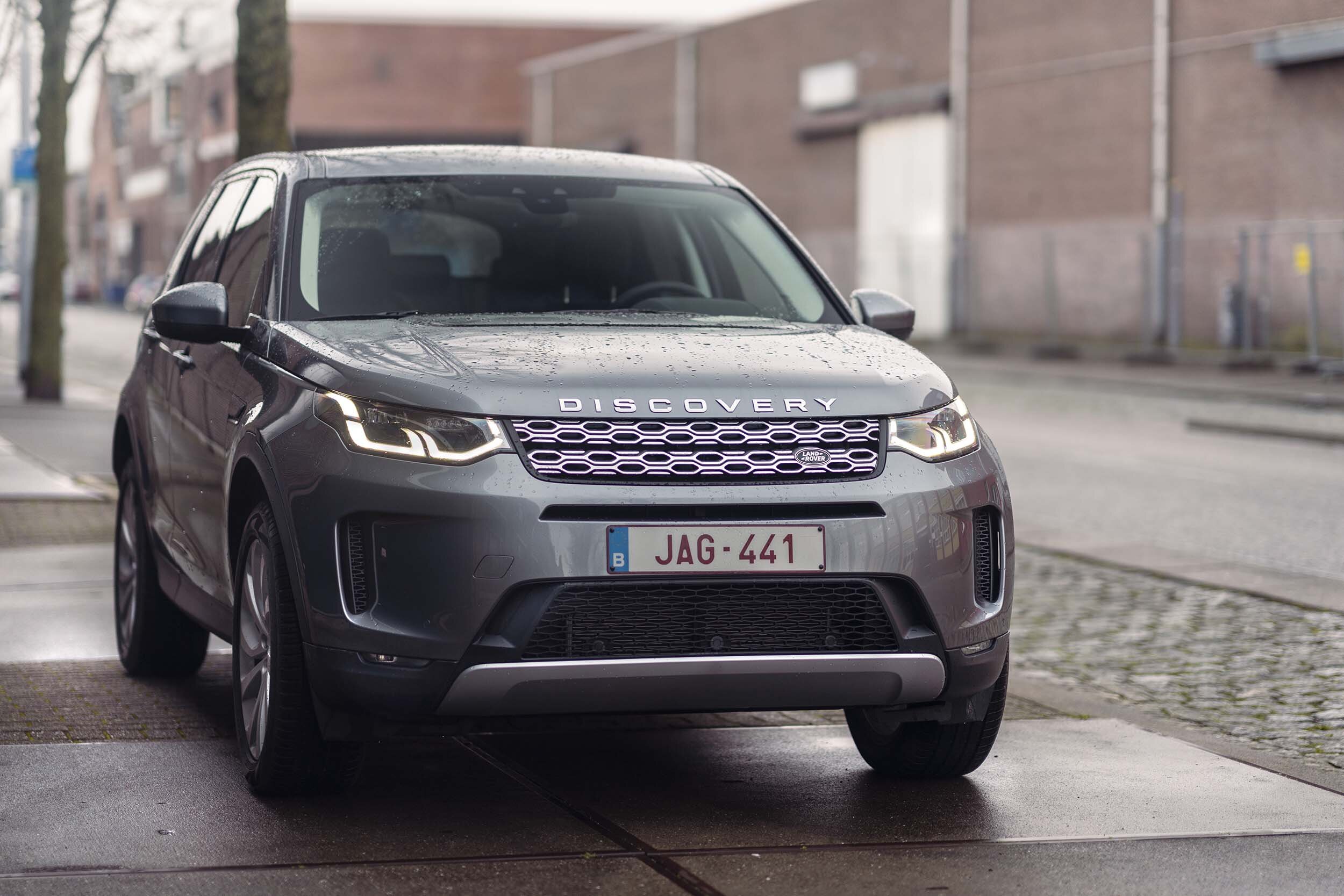Land Rover Electrified: Evoque P300e and Discovery Sport P300e Tested
P300e is what marks a new dawn for Land Rover, it is a compact PHEV drivetrain that is meant for their 'compact' models and should boost sales in CO2 taxing markets. I had the opportunity to drive the Land Rover Defender P300e and Range Rover P300e back to back late last year and was left pleasantly surprised by the brand’s first steps in electrifying their volume models. With stakes high, Land Rover seemed to make sure their efforts weren't in vein, sadly the results of their effort heavily delayed due to the pandemic.
What is it?
As with any brand, PHEV drivetrains are becoming ever more present in the product range offered. Land Rover/Range Rover was relatively late to the stage though, so the pressure was tremendous to get it right. Especially when you consider the fact that these two cars, the Discovery Sport and Evoque, make up for a big portion of their sales. Getting this wrong would spell disaster. Getting this right would mean it is able of offering these models at a lower price than ever in CO2 taxing markets, thus boosting sales.
Both cars are built upon the same platform, but they do differ slightly in size. Around 8 centimeters in height and 20 in length set the Discovery Sport apart from the Evoque. Giving the Evoque the sportiest characteristics of the two, which shows in the acceleration numbers.
Weight comes in around the 2000 kilogram mark for both, which is due to the Evoque being equipped with a higher grade finish (read: heavier insulation, more leather, electric motors for seats, etc.)
Let's look at the P300e drivetrain first: it's a 200PS 3-cylinder pushing out power to the front wheels and a 109PS electric engine pushing the rear wheels, where the battery is stored away under the rear seats. The total combined output of the PHEV drivetrain is 309PS and 540Nm, the P300 derivative has everything to do with the English not using the metric system. If they did use it, they would also say the Evoque is capable of hitting 0-100 in 6.4 seconds, and the Discovery Sport in 6.6 seconds. A neat little trick: both can do speeds up to 135 KPH in electric-only mode.
Electric juice for both the cars is stored in a 15kWh lithium-ion battery that charges from zero to eighty percent in around 30 minutes if you use a 32kW charger. Not the most impressive figures, but very decent for the segment these cars operate in and taking into account that Land Rover is relatively new to the PHEV game. On paper, the Evoque PHEV and Discovery Sport PHEV both emit 44 grams of CO2 per kilometer, but there's an electric-only mode that should have been able to give me 55 kilometers of emission-free miles.
To compromise or not to compromise
Some manufacturers compromise cabin space when integrating the PHEV drivetrain into existing models, Mercedes-Benz and BMW are an example of that. Luggage space in those cars has been reduced because the architecture of the platform didn't allow seamless integration of either the battery or electric engine. Land Rover tackled that problem when they designed the 'Premium Transverse Architecture,' the platform the Evoque P300e and Discovery Sport P300e are built upon, by leaving space for this drivetrain. Any comprise then? Yes, there's no optional third seating row for the 'Disco' which might be a letdown for larger urban families dropping off their offspring in the suburbs.
A fear that many people have is that the combustion engine doesn't get enough warm-running time during daily use. Land Rover tries to tackle this issue by integrating the exhaust manifold into the aluminum cylinder head. This should warm up the engine quicker, hence keeping the engine in shape longer. Another seeming compromise is the 3-cylinder setup, this reduces weight by 37 kilograms. Yet this was a pure necessity as both models gained around 300 kilograms. In terms of engine sound, this is also a compromise as the 3-cylinder simply will produce a different sound.
So how does it work?
Present in both the Range Rover Evoque PHEV and Land Rover Discovery PHEV are drive modes that are indigenous to cars with this type of drivetrain. One can opt for 'hybrid', which ranges from electric to the full combined power, or 'safe' which retains the battery charge, or 'EV' to utilize only the electric engine on the rear axle. Being more premium, the Evoque lets you choose between modes on the center touchscreen, whereas the Discovery Sport has physical buttons. Both worked, both were easy to use but I did have troubles to find the touchscreen 'buttons' when driving. Preferably these modes are controlled by buttons on the steering wheel, but Land Rover chooses differently.
Hybrid mode and charging like a good owner should got me an average petrol consumption of 3.5l/100km. Switching to save on the highway spiked fuel consumption up to 10l/100km. Just running on the battery didn't get me more than 37 kilometers. Comparable performance to the competition.
What didn't expect was how hilarious it is to drive in EV mode with the Discovery Sport. The combination of the rugged exterior and it looks like a proper SUV, had many people looking at me dazed. It even escalated to a point where I was asked to remove the car from a parking space meant for charging. Nonetheless, this was the preferred setting for driving in the city. Torque is plenty and the RWD push is quick enough to get along in traffic. Both cars emit such serenity when there's nothing but a soft humming electric engine audible in the cabin. In that way, the luxury of the Evoque came to life far better, as if the lack of noise gives other senses more space to experience the surroundings.
That feeling isn't interrupted by the 3-cylinder engaging, nor by it switching off. Only when the car is just started up, the petrol power plant and drivetrain can give off harsh noises. Other than that the transition is smooth, only BMW seems to do this smoother. The pedal-feel while braking, or accelerating, isn't giving you any hint of these transitions either, which is impressive. As with many of our tests, we didn't have the opportunity to drive these cars offroad, but Land Rover claims they are fully capable of doing so.
Concluding
Two similar cars packed differently mean one thing in this story: Land Rover has made a more decent PHEV variant of both these vehicles. Matureness is what these cars emit and they do so in their own way. The Discovery Sport P300e has an extra trick, as it confuses people on the street. That surprise effect is priceless when driving off in EV-mode. Where the 'Disco' has its own trick, the Evoque P300e seemed more comfortable adopting the new drivetrain, as if it has always been there. It seems fitting to the aura of cool it emits, quietly darting away on the electric engine. There's just one thing about the drivetrain: it may pack a punch in terms of performance, the sound it makes during full load isn't enjoyable by far.

